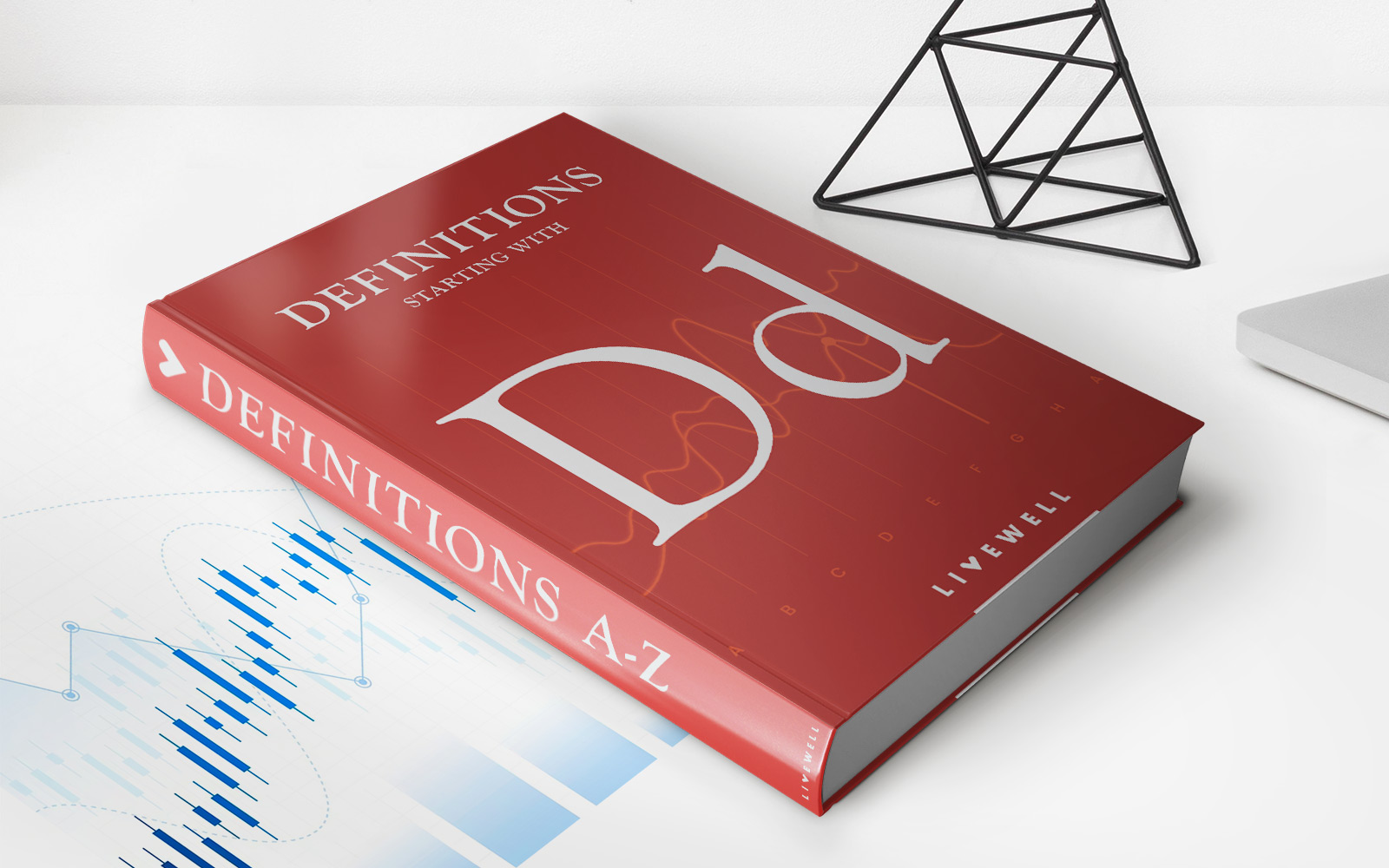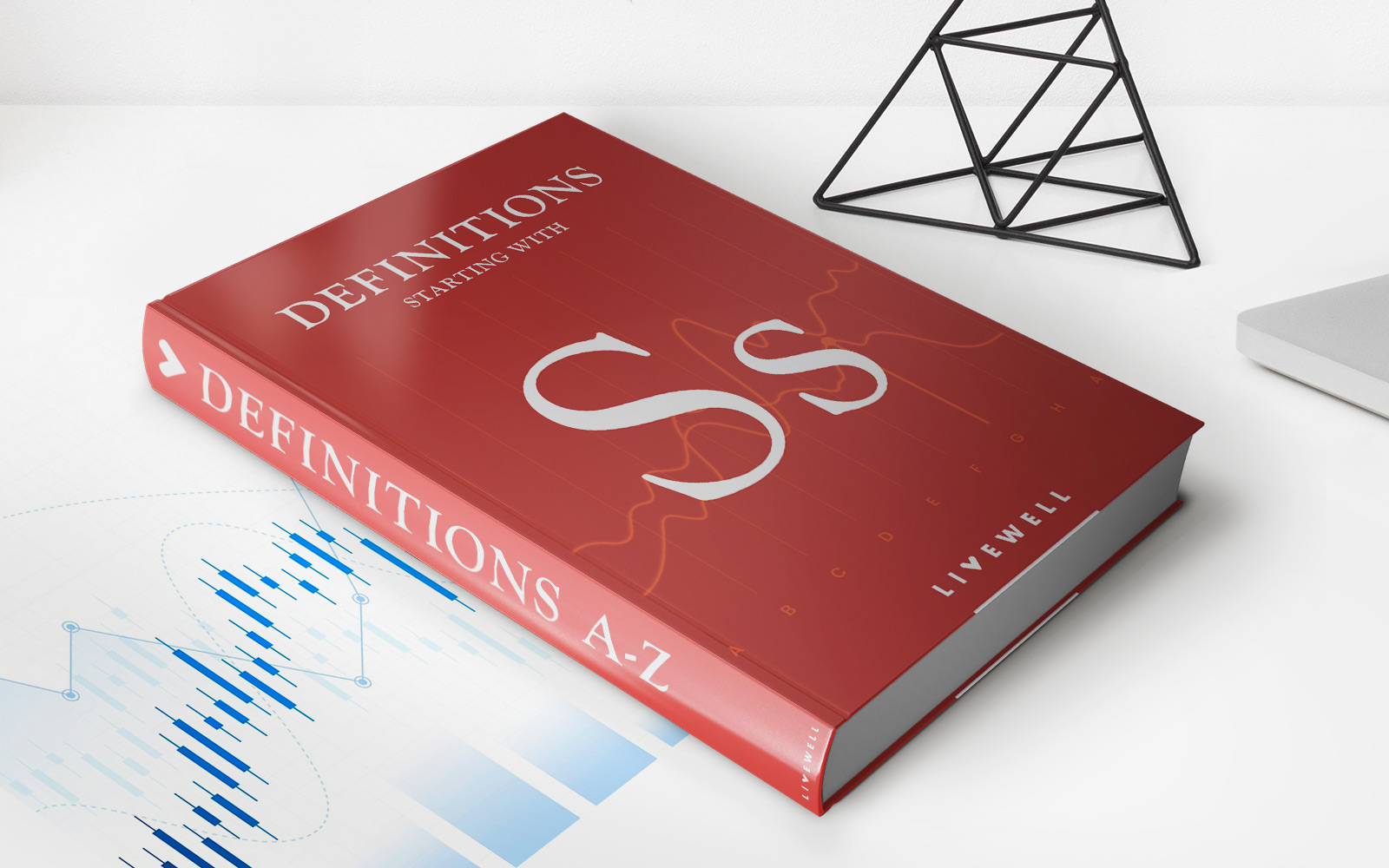Home>Finance>Income Elasticity Of Demand: Definition, Formula, And Types


Finance
Income Elasticity Of Demand: Definition, Formula, And Types
Published: December 7, 2023
Discover the concept of income elasticity of demand in finance. Learn about the definition, formula, and various types of income elasticity in this informative guide.
(Many of the links in this article redirect to a specific reviewed product. Your purchase of these products through affiliate links helps to generate commission for LiveWell, at no extra cost. Learn more)
Income Elasticity of Demand: Definition, Formula, and Types
Understanding the concept of income elasticity of demand is crucial for anyone interested in finance, economics, or business. Income elasticity of demand measures the responsiveness of the quantity demanded of a product or service to changes in consumer income. But what exactly does this mean, and why is it important?
Key Takeaways:
- Income elasticity of demand measures the percentage change in quantity demanded due to a one percent change in consumer income.
- It helps businesses forecast the impact of economic growth or recession on their products and plan product development and marketing strategies accordingly.
To calculate income elasticity of demand, you need two data points: the change in quantity demanded of a product and the corresponding change in income level. The formula is as follows:
Income Elasticity of Demand = (% Change Quantity Demanded) / (% Change in Income Level)
The resulting value of income elasticity of demand can be categorized into three types:
- Income Elastic: When the income elasticity of demand is greater than 1, it indicates that the demand for a product is responsive to changes in income. In other words, as income increases, the demand for the product increases at a greater rate. This typically happens with luxury items or high-end goods.
- Income Inelastic: When the income elasticity of demand is less than 1, it suggests that the demand for a product is not very responsive to changes in income. The quantity demanded changes at a slower rate compared to changes in income. This typically occurs with essential goods, such as food or basic necessities.
- Income Unitary Elastic: When the income elasticity of demand is equal to 1, it means that the demand for a product changes at the same rate as income. This indicates a balanced relationship between income and quantity demanded.
Understanding the various types of income elasticity of demand can help businesses make informed decisions regarding their product offerings, pricing strategies, and marketing campaigns.
How can Income Elasticity of Demand be useful?
By analyzing the income elasticity of demand for their products, businesses can:
- Identify potential growth opportunities: Products with high income elasticities of demand are likely to experience significant demand increases during periods of economic growth. Businesses can focus on targeting and developing these products to capitalize on customer demand.
- Assess vulnerability during economic downturns: Products with low income elasticities of demand are likely to be less affected by recessions. Understanding this can help businesses diversify their product range, ensuring a stable revenue stream even in challenging economic conditions.
- Plan pricing strategies: The income elasticity of demand can help determine optimal pricing strategies based on income brackets. Products with high income elasticities may require dynamic pricing to accommodate different income levels, while products with low income elasticities may be more suitable for fixed pricing structures.
In conclusion, income elasticity of demand is a critical concept in the world of finance and economics. By understanding the responsiveness of consumer demand to changes in income, businesses can better plan their strategies, optimize pricing, and identify growth opportunities. So, if you’re interested in making informed business decisions, it’s time to dive deeper into the fascinating world of income elasticity of demand.














